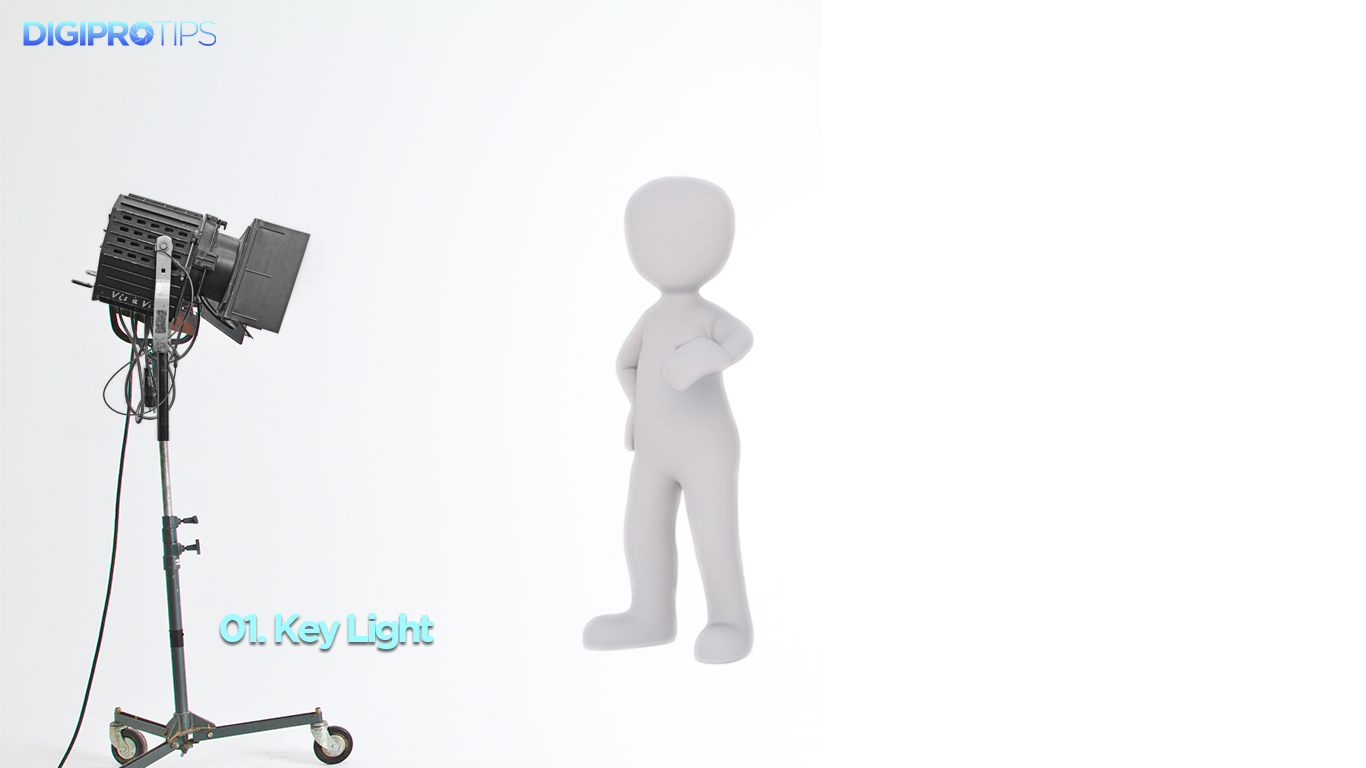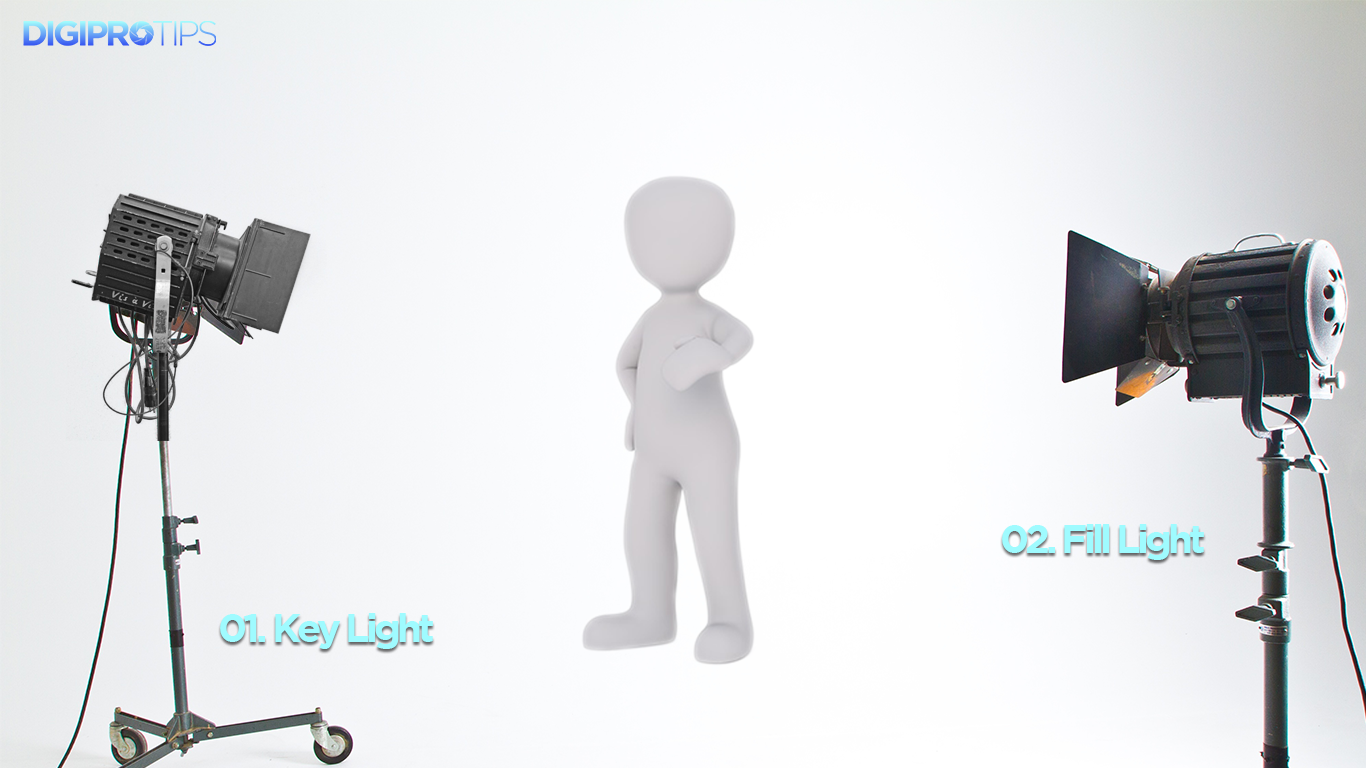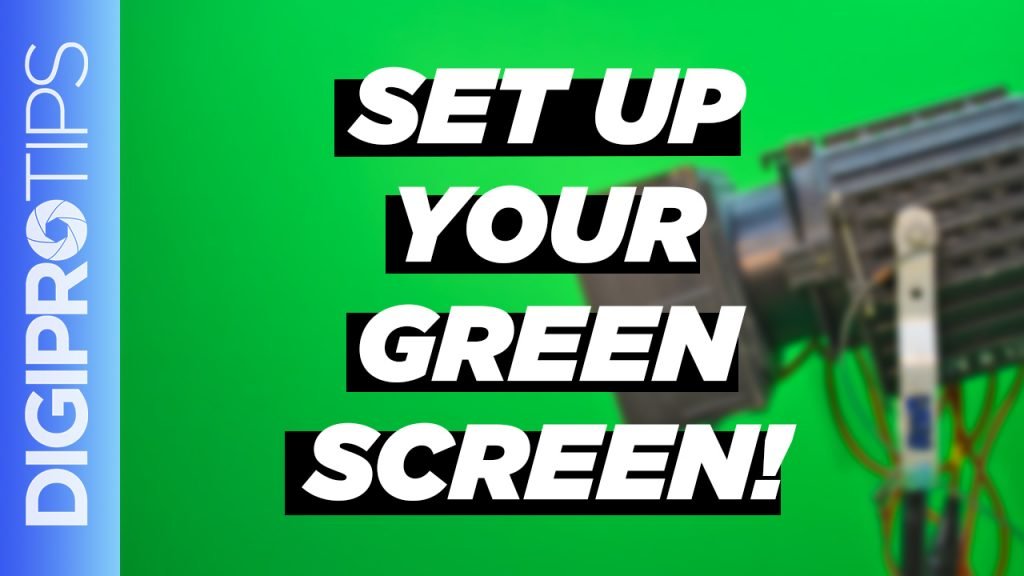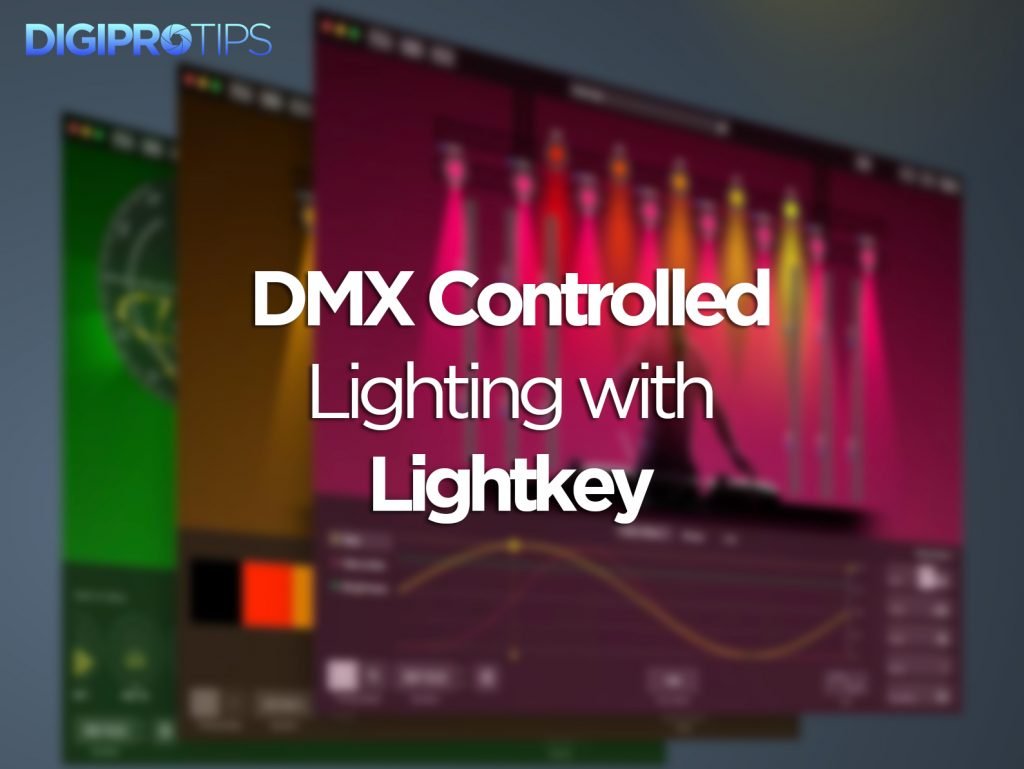The Basic Requirements For Lighting Your Scene
Lighting is one of the most important elements when setting up a shoot. Knowing how to light a set is something every Cameraman, Grip, AD, Director or even Visual Effects/Graphics Editor should know how to do.
Why?
Because it can change the feel of a whole scene and that is something the whole crew should be aware of. It even comes into visual effects if you are lighting an artificial scene.
But let’s go back to basics.
Three (point lighting) is the golden number.
Lighting a scene can range from one to as many lights as you can get your hands on. However, the standard three point lighting setup is the rule of thumb that you should stick to whilst experimenting with your scene.
Note. Experiment with accent lights around your three point setup to throw different colours, shapes and shades into your scene.
The beauty of the three point lighting setup is that if you only have one or two lights available you will know which ones to use in each situation to get as close to the three point setup as possible.
By using three lights the shooter can light the subject whilst controlling shading and shadows produced by direct lighting.
Key light.
If you only have one light available to you then this will become your key light. This is the principal (and most important) light in the setup, as it illuminates the subject within your shot.
It is usually the strongest and has the most influence on the look of the scene. It is placed to one side of the camera/subject so that this side is well lit and the other side has some shadow:

Note. In outdoors shoots if the sun is available you can always use that as your key light.
Fill light.
If you have two lights in your kit then the second light after setting up your key light will be your fill light.
This is placed on the opposite side of the key light. It is used to fill the shadows created by the key light. The fill will usually be softer and less bright than the key (up to half the intensity/brightness of the key). To achieve this, you could move the light further away or use the intensity settings on your lights if you have some. You can also set the fill light to more of a flood than the key.
Depending on your location, lights and subject the set up would generally look like this:

Back light.
So, the third light in your kit after setting up the key and fill will become the back light (also known as the rim, hair, or shoulder light).
The back light is placed behind the subject and lights it from the rear.
The back light is the light that makes your shot ‘pop’. Rather than providing direct lighting (like the key and fill), its purpose is to provide definition and subtle highlights around the subject’s outlines. If setup correctly there should be a subtle rim of light around your subject. This helps separate the subject from the background and provide a three-dimensional look.
Your complete setup should look something like the below:

Additional lights.
If you have a fourth light available to you then this should become your background or environment light.
The background light is placed behind the subject. Unlike the other three lights, which illuminate foreground elements, it illuminates background elements, such as walls or outdoor scenery. This technique can be used to eliminate shadows cast by foreground elements onto the background, or to draw more attention to the background.
This setup would then typically become known as a four point lighting setup. It would generally look something like this:

Whether you are indoors or outdoors, have tungsten or LED lights a three point setup will give you the best start when lighting a scene.
DISCLAIMER: This post may contain affiliate links. We make a small commission if you buy the products from these links (at no extra cost to you). As an Amazon Associate, I earn from qualifying purchases. But we only recommend products we would use ourselves. For more information, click here to see our disclosures.
For a great starter lighting kit, we have used and recommend the Neewer Photography Bi-color Dimmable LED Softbox Lighting Kit. It is a two light kit but it comes with stands, softboxes and most importantly, dimmable LED lights to get your kit started.
For more lighting content on DigiProTips, check out our guide to lighting your greenscreen:

And our guide to vlogging equipment for 2020:

DigiProTips



Pingback: How to Set Up a Greenscreen -
Pingback: Why Framerates and Shutter Speed Matter in the Digital Age - Avoiding Digital Flicker -
Pingback: How You Can Get the Best YouTube Channel Studio Setup for the Lowest Budget -